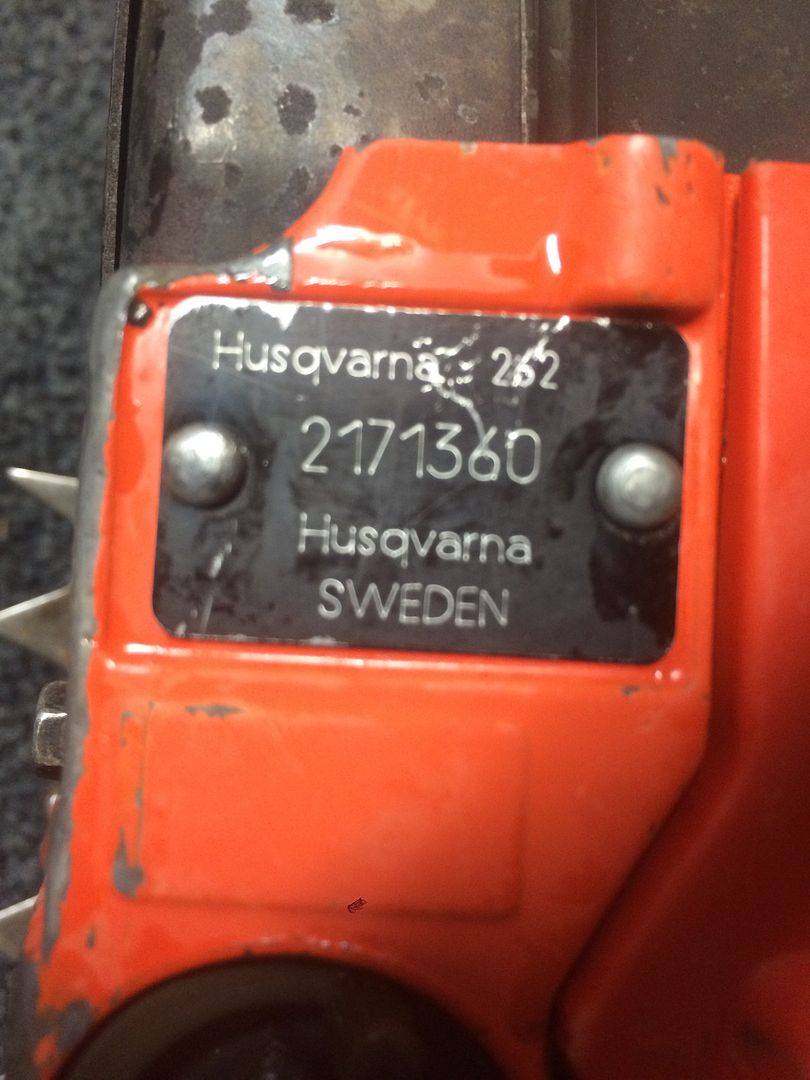Randy,
With the low intake and great case pressure, coupled with bridges and fingers to increase flow/decrease restriction/increase cross sectional area of the uppers, why do you go with a 15* blowdown?
The fingers look a bit higher than the upper mains in the photos.
Are you using the factory research of what worked for them to base your changes upon?
Granted, the factory has much more time and money to devote to R&D than anyone else.
I'd imagine with all the flow increase you've created, coupled with the great case pressure, one could run a numerically higher (physically lower) transfer circuit and get better charge filling and less charge dilution. But I guess the factory decided on a low blowdown for a reason with the design.
It appears that you've created a poor man's quad port, but maintained a 2 port's transfer height here.










